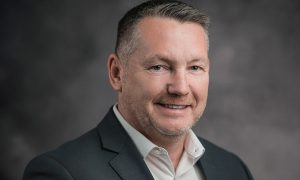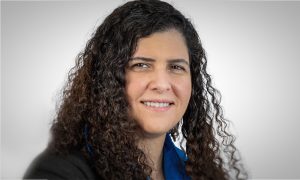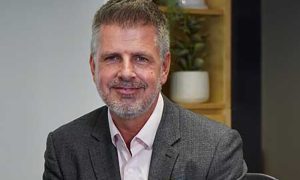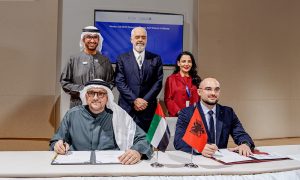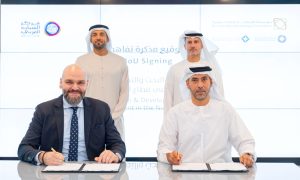Structurally Sound Future
Big Project ME traces the role of structural steel engineers in enhancing the architectural landscape of the UAE
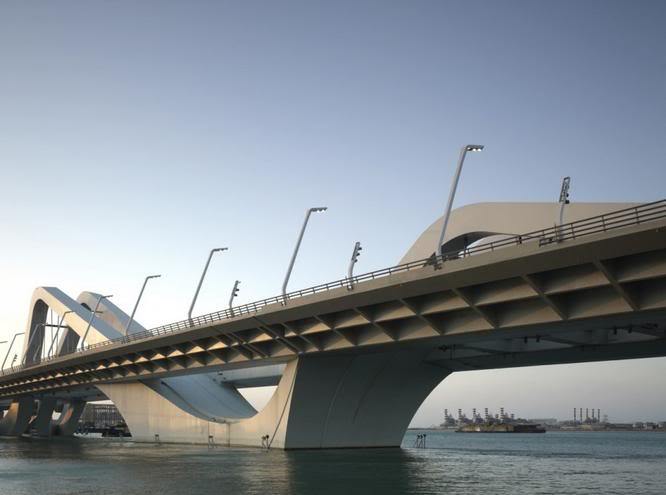
New York’s World Financial Centre, renamed ‘Brookfield Place’ by its Toronto-based developers recently announced the completion of its renovation and expansion works. The $250 million-worth expansion works included the application of an engineering technique that is gaining popularity with both, structural steel engineers and architects.
German-American architect Helmut Jahn’s design for the United Terminal Building at the Chicago O’Hare airport in 1988 was notably popular for its revolutionary application of remembering what the ramifications of a poorly-designed steel structure can be.
“If you were to compare a building to the human body, you will find this – the structure of the building is like the human skeleton,” Dr Shapour Mehrkar-Asl, chairman of The Institution of Structural Engineers’ (ISE) UAE charter and structural engineering consultant at Kling Consult tells Big Project ME.
“Architecture accounts for the aesthetics of the human body, like the proportion of the body parts, facial looks and even hairstyle or makeup. Eventually, though, replacing and redoing the functions and aesthetics costs far less than replacing a broken bone does, and the same logic applies to buildings.
“Structural engineering works should ideally be done right the first time, because to repair or redo a building after it has failed will cost far more than investing on doing it right in one effort would have,” Mehrkar warns.
The collapse of a reinforcement cage at the construction site of the Dubai International Airport in September 2004 further highlighted the role of solid steel engineering in guarding projects against failure.
Construction on Dubai’s airport site was being overseen by Aéroports de Paris (ADP), which was the main architectural consultant on both terminal buildings for the project. 2004 was a bad year for ADP; it came under – fire for the partial collapse of a passenger terminal at the Roissy-Charles de Gaulle Airport in Paris.
Understandably, then, Dr Mehrkar-Asl is an keen proponent of ensuring structural steel engineers have sufficient on-site and learnt experience – local and global – before they are entrusted with pivotal responsibility on projects.
“Engineering thinking has to evolve in the old fashioned way. Earlier, to become an engineer, you needed to have a feel and understanding of the structure. Nowadays, a graduate fresh out of university gets handed projects to undertake operations as a structural engineer. They don’t have any feeling for the structural behavior and size of the structural elements,” he quips.
“A good structural engineer understands the insides of a built structure; it comes from experience, by doing things from scratch and knowing how the built environment behaves and having a feel on the size of the structural elements and their behaviour.”
Having worked on some of the UAE’s most prestigious projects – Dubai Metro station facilities, a waterpark at Atlantis The Palm in Dubai, the New York University in Abu Dhabi, to name a few – John O’Kelly knows something about steel engineering. Speaking to Big Project ME, the managing director of Kelly Steel Engineering agrees that the bar for structural engineering needs to be raised. “The UAE in itself has a lot of good engineers, both local and expats, and this will only increase as the market expands.
“Broadly, the market here is willing to draw from global experiences; clients are open to creativity and suggestions, which translates into great opportunities for architects and designers,” O’Kelly says.
“That open-mindedness is rare, and is one of the driving factors behind the landmarks created in the UAE’s construction market,” he explains further.
A significant part of their structural engineering plans, however, depends on the many contractors and subcontractors simultaneously working on the project.
Subcontractors across the GCC have, in the past, been critiqued for unscrupulous practices with labour, material handling, cost adjustments and so on. O’Kelly admits this is a problem he has often had to contend with, but suggests a solution to ease these concerns. “Disagreements with contractors happen all the time in the market,” he says. “But the region’s markets are relationship-driven, so it helps to form rapports with them in a way that our collaboration starts from the beginning of the project itself.”
O’Kelly recounts his work on the Dubai Metro project. “We were involved in the construction of emergency access stairs and steelwork for the Metro. Working with the Japanese contractors on the project was a challenge in its own way – they are a highly meticulous and organised lot,” he explains.
“They were very specific about their requirements, and working with them was a fabulous experience, largely because we cooperated on as many aspects as was possible.”
Project failure is eventually the client’s cross to bear – in the dynamic of the UAE construction market readying itself for a world event, developers cannot afford to lose their labour, capital investments or goodwill to any incident that damages their project.
Dr Mehrkar-Asl insists this is impetus enough to encourage clients are as – or more – involved with the structural facet of their project as are they with its architectural aspect.
“We at the ISE are trying to explain to clients how they can have a better engineering solution for their structure when the work is done by a chartered member of the Institution. This is especially important if the structure is architecturally complex and offbeat.
“As a client, you can invest your resources in other critical aspects of the project, such as beautiful facades and smart technology, but the structure of the building is a crucial element in ensuring its longevity and quality,” he warns.
“Ultimately, if the building settles, has excessive deflections or, at the worst scenario, collapses, then that is a total loss for the client, and all other parts of the building will then be redundant, no matter how much you have invested in them.”
